Trawlers Pull Up Bizarre Deep-Sea Eel Near India, Scientists Confirm It’s A New Species
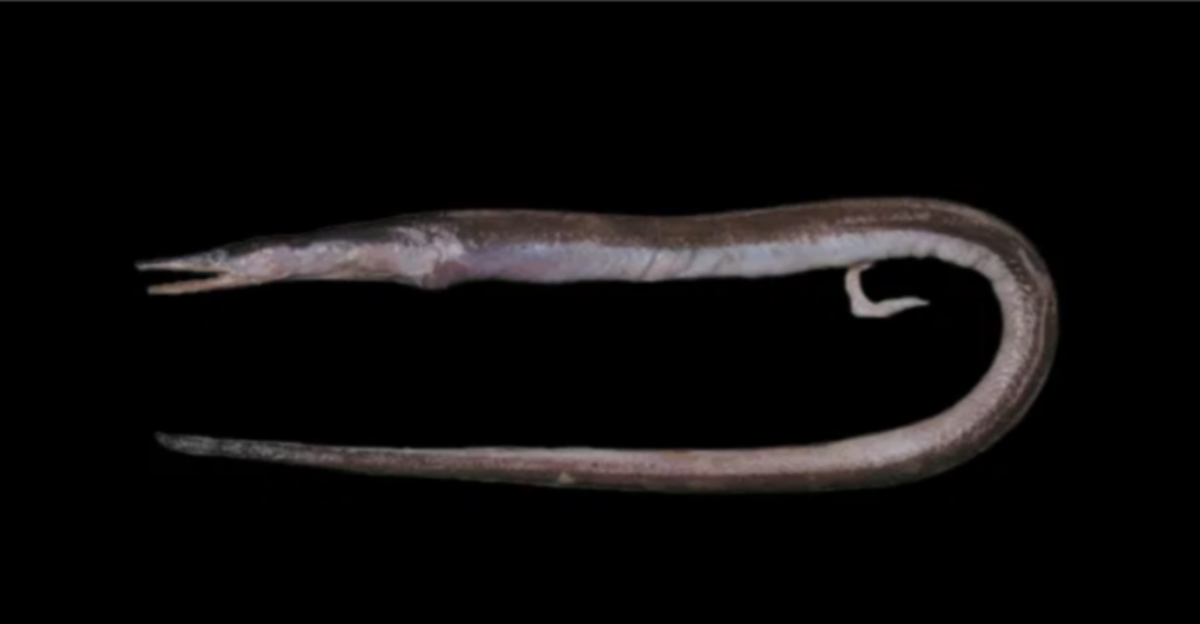
Imagine fishing nets bringing up something so strange that scientists had to take a second look! Off the coast of India, commercial fishing boats accidentally caught several bizarre-looking eels from the deep ocean.
After careful study, researchers made an exciting announcement: these peculiar creatures represent a completely new species never before documented by science.
1. Accidental Discovery
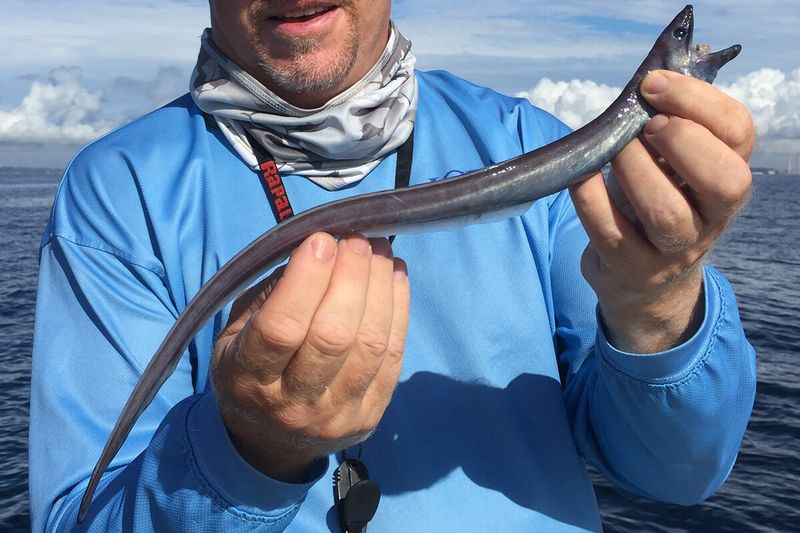
January 2024 marked a surprising moment for Indian fishermen when their nets captured strange, serpentine creatures from the Arabian Sea. The commercial trawlers weren’t hunting for scientific breakthroughs, just their usual catch.
But sometimes the most remarkable discoveries happen by accident. These mysterious eels, pulled from depths of nearly 1,000 feet, immediately caught the attention of local marine biologists.
2. The New Kid On The Block
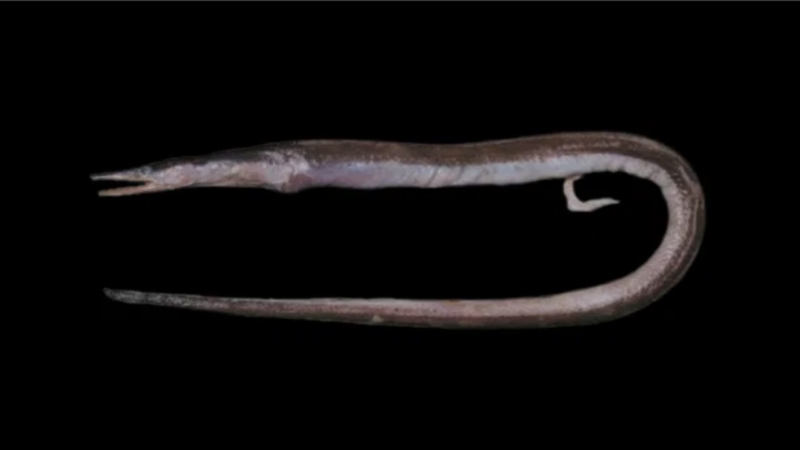
Scientists didn’t just find any old eel – they discovered a brand new member of the Facciolella genus! Named Facciolella smithi, this creature honors renowned ichthyologist David G. Smith, who dedicated his career to understanding these slippery deep-sea dwellers.
The formal naming process follows strict scientific protocols, ensuring this discovery takes its rightful place in the taxonomic record.
3. Solving A Two-Year Mystery
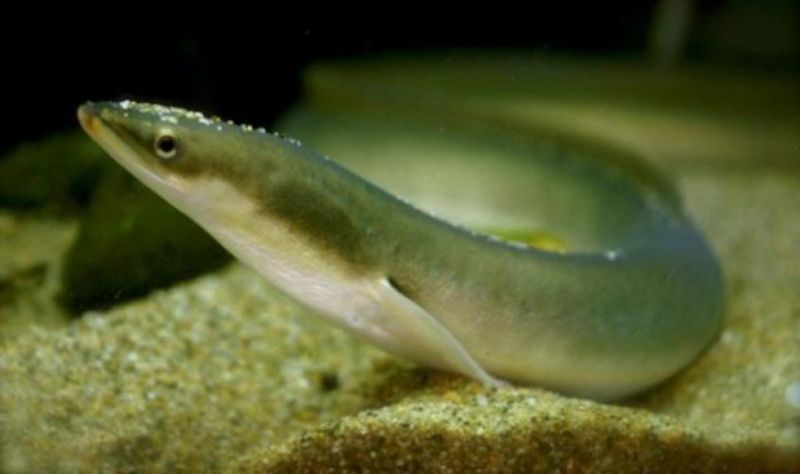
Another interesting instance happened back in 2022, where fishermen caught a puzzling eel that defied identification. Scientists were stumped! Fast forward to 2024, and lightning struck twice when similar specimens appeared in trawling nets.
DNA analysis finally connected the dots. The mysterious 2022 specimen wasn’t an anomaly but the first glimpse of Facciolella smithi. Modern genetic techniques proved crucial in confirming this exciting new addition to marine biodiversity.
4. Masters Of Regeneration
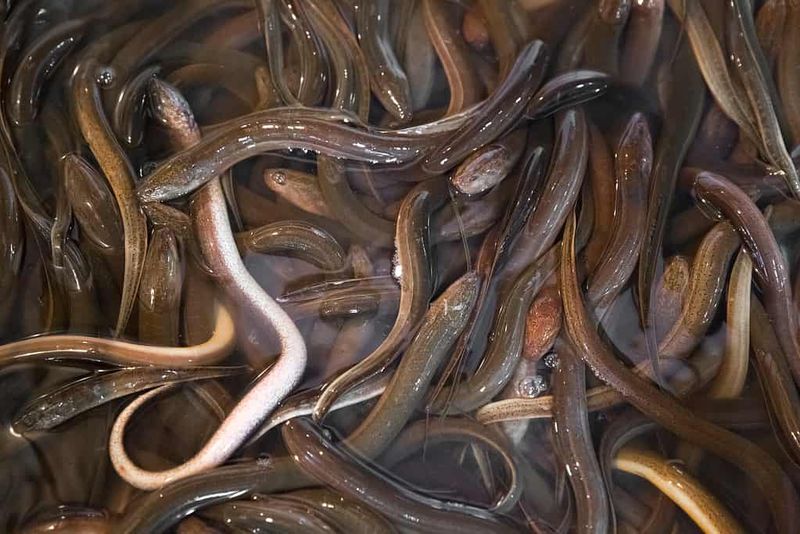
Talk about a cool superpower! These witch eels can actually regrow their tails after losing them. Many specimens showed evidence of regenerated tail sections, suggesting this ability helps them escape from hungry predators.
When threatened, they might sacrifice their tail end – much like how lizards drop their tails. This remarkable adaptation gives them a second chance when danger strikes in the mysterious deep.
5. Built For The Midnight Zone
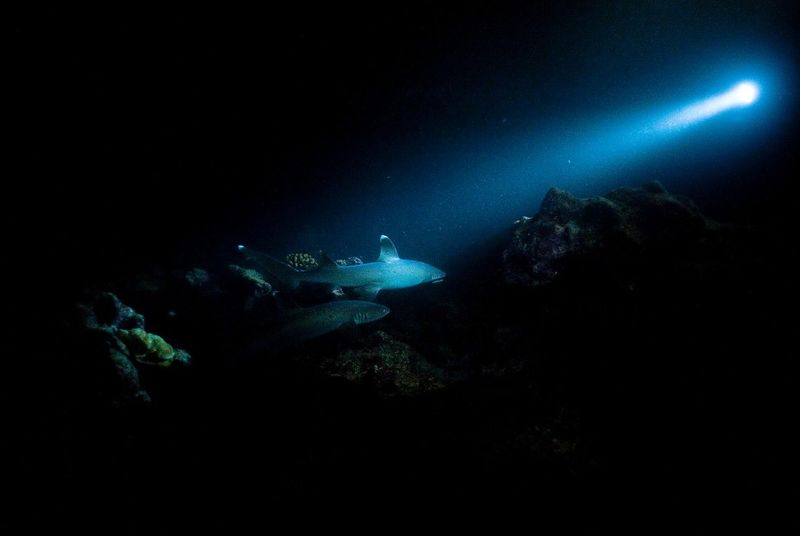
Home sweet home for these eels lies between 850 and 1,500 feet beneath the waves. This region, known as the midnight zone, exists in perpetual darkness where sunlight never penetrates.
Their bodies evolved perfectly for this harsh environment. Special adaptations help them handle extreme pressure, near-freezing temperatures, and finding food in a realm where seeing is nearly impossible. Few creatures can thrive in such challenging conditions.
6. Surprising Design
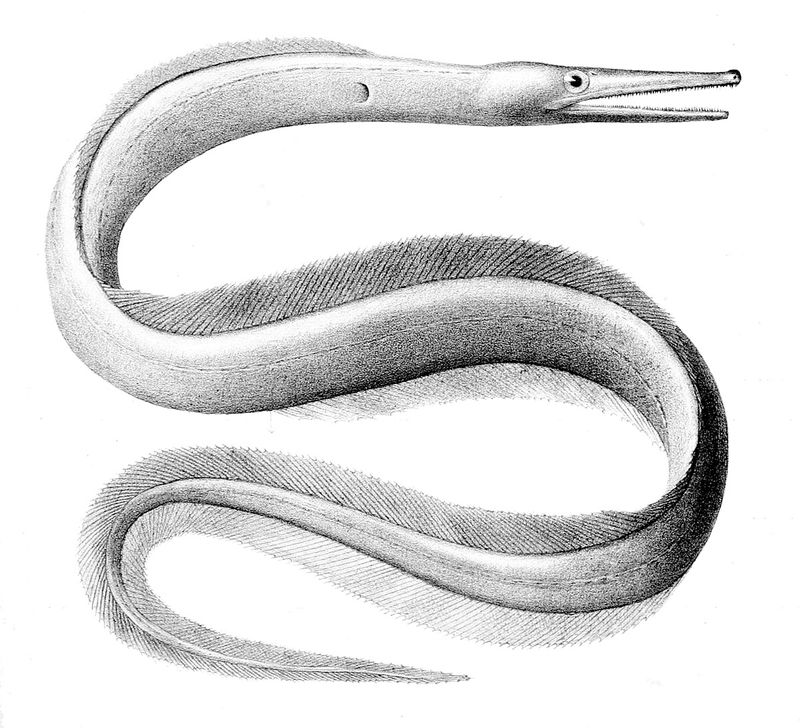
Evolution crafted these eels with disproportionately large heads compared to their slender bodies. Their tiny eyes barely function in the lightless deep, but that’s no problem!
Instead, they rely on specialized sensory organs. Their cone-shaped teeth point inward, creating a perfect trap for prey. Once something enters that mouth, there’s no escape. This distinctive head structure helps scientists distinguish them from similar species.
7. Crescent Gills
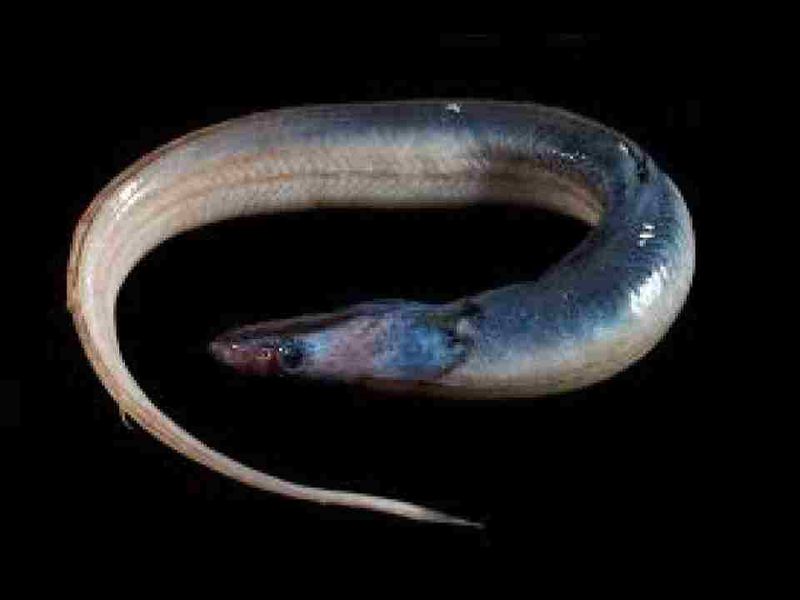
When classifying this new species, scientists focused on its uniquely shaped gill openings. Unlike its relatives, Facciolella smithi sports distinctive crescent-shaped gill slits.
This seemingly small detail proved crucial for taxonomy experts. Marine biologists use such subtle anatomical differences to distinguish between similar species. The curved gill structure might offer advantages for oxygen extraction in deep-water environments where dissolved oxygen levels differ from shallow waters.
8. Impressive Size
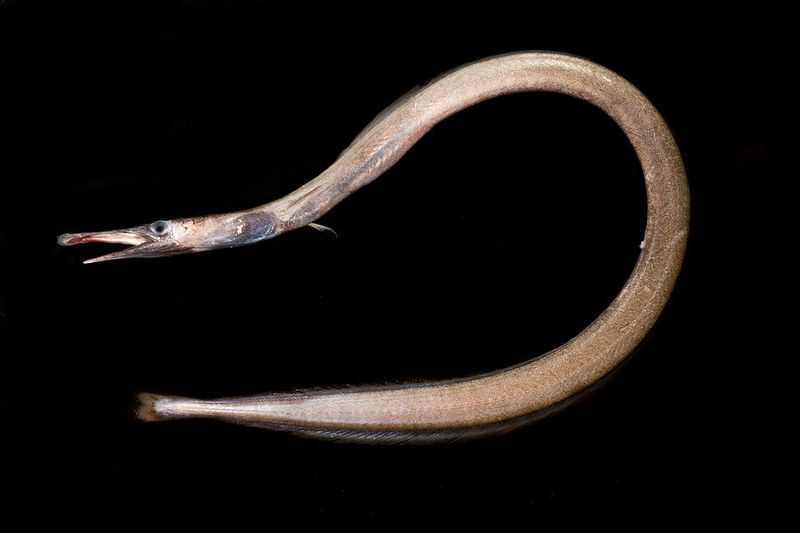
Don’t let their snake-like appearance fool you! Despite their thin, ribbon-like bodies, these eels grow to impressive lengths exceeding two feet. Their streamlined shape helps them slip through rocky crevices with ease.
Most specimens captured measured between 60-70 centimeters, though researchers believe they might grow even larger. Their slender profile represents a perfect adaptation for navigating the complex terrain of deep-sea environments while conserving energy.
9. Living A Mysterious Deep-Sea Life
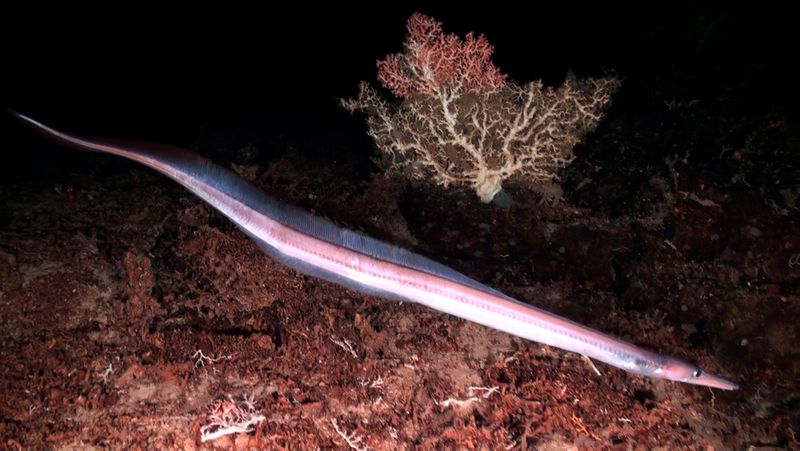
What do these eels eat? How do they reproduce? How long do they live? Scientists admit they’re still largely in the dark about these basic questions.
The extreme difficulty of studying creatures in their natural deep-sea habitat leaves many aspects of their biology unknown. Research teams are now designing specialized deep-water observation equipment. Some hope to capture live specimens for controlled studies of their behavior and life cycle.
10. Potential Commercial Applications Ahead
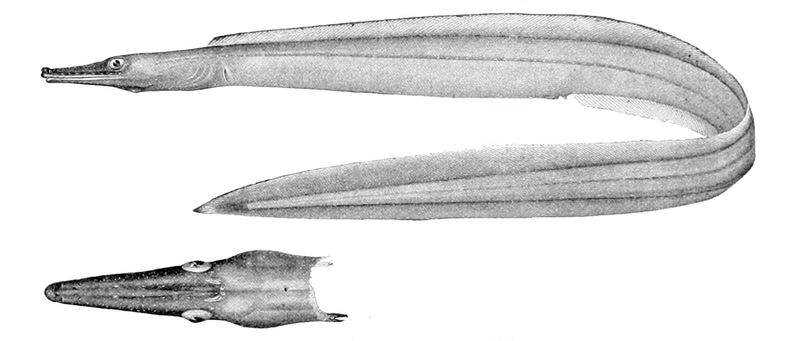
Beyond scientific importance, these eels might offer practical benefits! The Indian Council of Agricultural Research has begun analyzing their nutritional composition and chemical properties.
Initial findings suggest potential applications in both food products and pharmaceutical development. Some deep-sea organisms contain unique compounds with medicinal properties. While conservation remains the priority, sustainable utilization could provide economic incentives for protecting these newly discovered creatures and their habitat.






